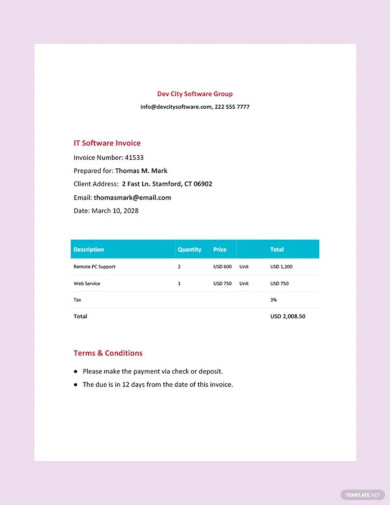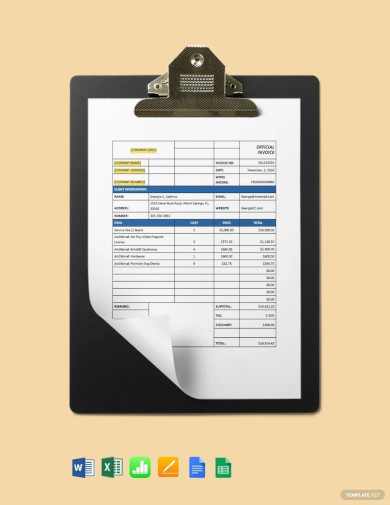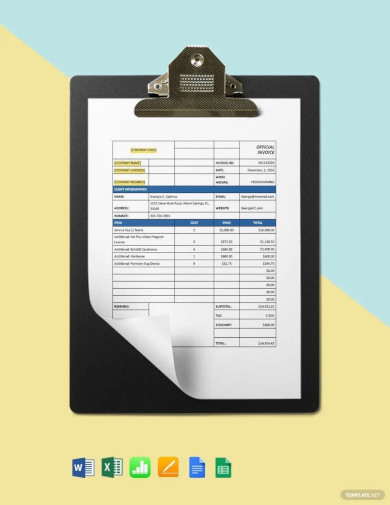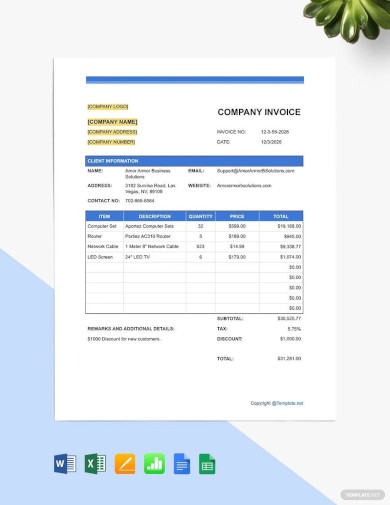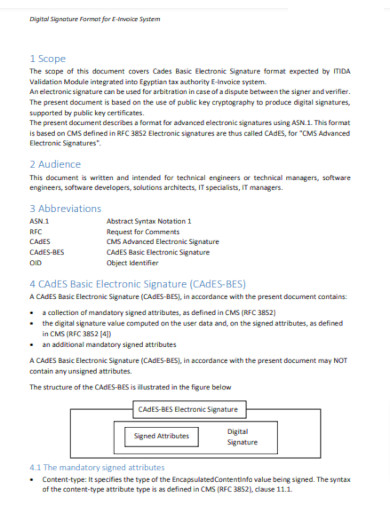6+ Sample IT Invoice
FREE IT Invoice s to Download
6+ Sample IT Invoice
Defining the IT Invoice
Integral Components of an IT Invoice
Modern-Day Innovations in IT Invoicing
Challenges and Pitfalls
Embracing Best Practices
Legal Considerations in IT invoicing
FAQ’S
How does an IT invoice differ from a regular invoice?
How can I protect sensitive information on my IT invoice?
What should I do if a client disputes an item on the IT invoice?
Can I automate the IT invoicing process?
How often should I issue IT invoices?
Are electronic IT invoices as valid as paper-based ones?
Defining the IT Invoice
An IT invoice is more than just a bill; it represents the services or products provided in the field of Information Technology. Unlike general invoices, IT invoices include specialized offerings like software solutions, cloud services, consultancy, and hardware provisions, among others.
Integral Components of an IT Invoice
1. Header: Embellished with the service provider’s name, logo, and contact details.
2. Recipient Details: Information about the client or company availing of the services/products.
3. Invoice Number: A unique identifier for record-keeping and reference.
4. Date: Chronological placement of the invoice, crucial for payment tracking.
5. Detailed Line Items: Exhaustive list of services/products, usually accompanied by brief descriptions.
6. Pricing and Totals: Unit prices, potential discounts, subtotals, and the grand total.
7. Terms & Conditions: Vital contractual elements, including payment terms like ‘Net 30’ or ‘Due Upon Receipt’.
8. Payment Instructions: Clarity on preferred payment methods, be it bank transfers, online gateways, or checks.
Modern-Day Innovations in IT Invoicing
The synergy between IT and evolving technologies has sculpted innovative invoicing solutions. Automated invoicing systems, powered by AI, can craft, send, and track invoices with minimal human intervention. Additionally, the integration of cryptocurrencies as payment options heralds the industry’s forward-thinking ethos.
Challenges and Pitfalls
Navigating the IT invoicing landscape isn’t devoid of challenges:
- Currency Conundrums: Dealing with international clients means grappling with exchange rates.
- Discrepancy Management: Addressing errors, overcharges, or undercharges promptly.
- Data Protection: Ensuring client data on invoices remain confidential and secure.
Embracing Best Practices
To mitigate challenges and enhance efficiency:
1. Regular Updates: Regularly updating invoice templates to mirror current offerings.
2. Automated Reminders: Employing systems that send reminders for upcoming or overdue payments.
3. Transparency: Clear communication with clients about any changes, ensuring no unexpected surprises.
Legal Considerations in IT invoicing
The IT sector, similar to other industries, is governed by a complex network of regulations. The creation and distribution of invoices are subject to regulation, which is not surprising. These requirements for compliance, along with increasing concerns about data privacy, require a cautious approach to invoicing.
FAQ’S
How does an IT invoice differ from a regular invoice?
While the core structure remains similar, IT invoices specifically cater to Information Technology services and products. This means they often contain line items related to software licensing, cloud services, IT consultancy, hardware purchases, and more, which might not be present in a general invoice.
How can I protect sensitive information on my IT invoice?
Use encrypted invoicing platforms, avoid sending sensitive data via email unless it’s encrypted, and always maintain up-to-date cybersecurity measures. Regularly reviewing data protection protocols is also advisable.
What should I do if a client disputes an item on the IT invoice?
Firstly, review the invoice for any potential errors. Communicate with the client to understand their concerns and provide necessary clarifications or rectifications. Clear documentation and transparent communication are keys to resolving such disputes.
Can I automate the IT invoicing process?
Absolutely. Numerous software solutions offer automated invoicing tailored to the IT sector, which can craft, send, and even track payments, streamlining the entire invoicing process.
How often should I issue IT invoices?
The frequency depends on the agreement with your client. It could be after project milestones, monthly for ongoing services, or upon project completion. Always ensure this is clearly stipulated in your service agreement.
Are electronic IT invoices as valid as paper-based ones?
Yes, in most jurisdictions, electronic invoices (e-invoices) are legally recognized and accepted as long as they meet regulatory requirements, such as having a digital signature or being issued and stored in a certain format.
The IT invoice, while a functional document, is also symbolic. It underscores the profound relationship between IT service providers and their clients—a relationship rooted in trust, transparency, and mutual growth. In an age where details matter, getting IT invoicing right isn’t just good practice; it’s business excellence.

